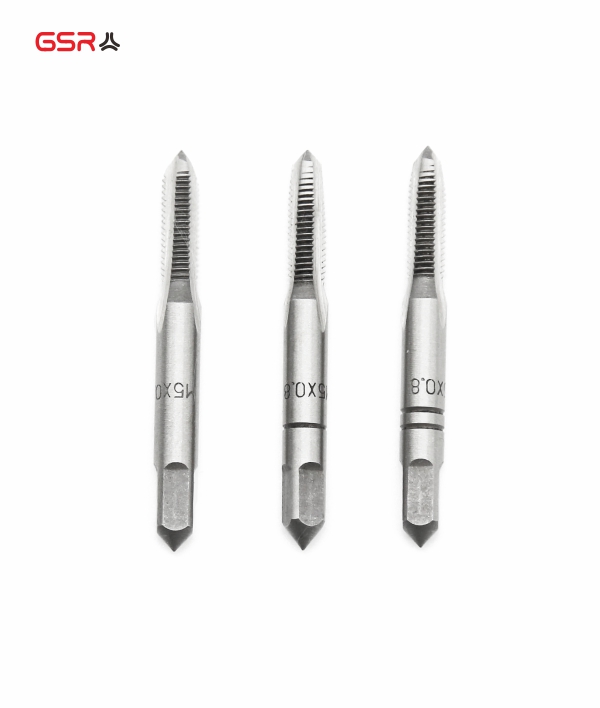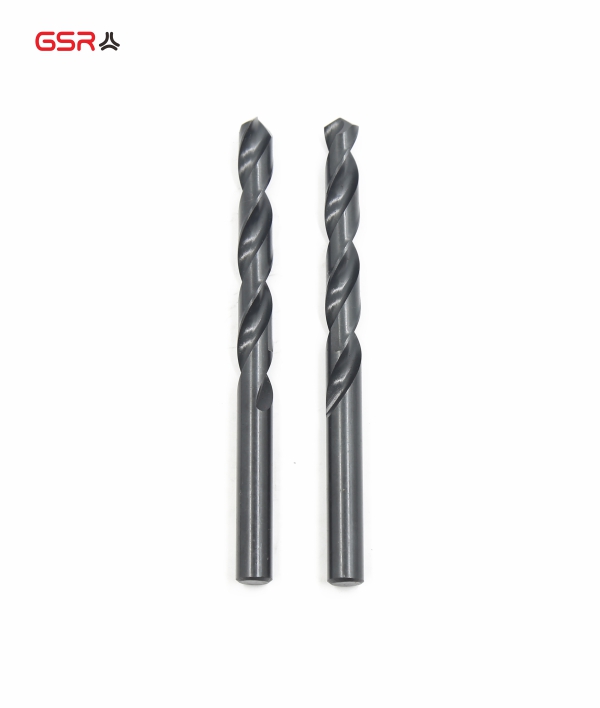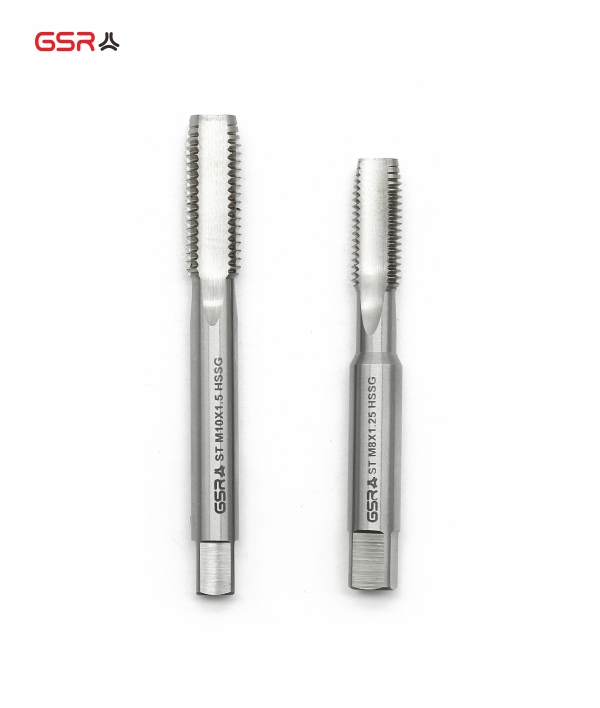What Are the Common Methods of Thread Machining?
Here are seven common ways of processong the threads, and here we GSR introduce them to you.
Thread cutting
Generally speaking, it refers to the method of processing threads on the workpiece with forming tools or abrasives, mainly turning, milling, tapping and grinding, crushing and cyclone cutting. When turning, milling and grinding threads, the drive chain of the machine tool ensures that the turning tool, milling tool or grinding wheel moves accurately and evenly along the axial direction of the workpiece for each revolution. In tapping or threading, the tool (tap or plate) rotates relative to the workpiece and is guided by the thread groove that is first formed to move the tool (or workpiece) axially.
Thread Turning
Threads can be turned on a lathe using either a forming tool or a thread comb. Thread turning with a forming tool is a common method for single-piece and small batch production of threaded workpieces due to its simple tool structure. By machining threads on a specialized thread turning machine, productivity or accuracy can be significantly increased.
Thread milling
Milling is performed on a thread milling machine with a disc or comb cutter. Disc milling cutters are mainly used for milling trapezoidal external threads on workpieces such as filaments and worm gears. Comb milling cutters are used for milling internal and external common threads and tapered threads with high productivity. This method is suitable for batch production of threaded workpieces of general accuracy or for rough machining before grinding.
Thread grinding
This method is mainly used to grind the precision threads of hardened workpieces on thread grinding machines, and there are two types of grinding wheels: single-wire and multi-wire, depending on the shape of the grinding wheel cross-section. This method is suitable for grinding precision screws, threaded gauges, worm gears, small batches of threaded workpieces and sharpening precision hobs.
Thread crushing
A nut or screw type thread grinding tool made of soft material such as cast iron is used to grind the machined threads of the workpiece in the forward and reverse direction to improve the pitch accuracy. Hardened internal threads are also usually ground to eliminate deformation and improve accuracy.
Tapping and Threading
Tapping is the process of screwing a tap into a pre-drilled bottom hole in a workpiece with a certain torque to produce internal threads.
Threading is the process of cutting external threads on a bar (or tube) workpiece with a plate. The accuracy of tapping or threading depends on the accuracy of the tap or plate. Although there are many ways to process internal and external threads, the internal threads of small diameters can only be processed by taps. Tapping and threading can be done by hand, or by lathe, drill press, tapping machine or threading machine.
Thread rolling
Thread rolling is usually performed on a thread rolling machine or on an automatic lathe with an automatic opening and closing thread rolling head. Rolling generally cannot process internal threads, but for softer workpieces can be used to cold extrude internal threads without a slotted extrusion tap, the working principle is similar to tapping, and the processing accuracy and surface quality is slightly higher than tapping.
Our main business range are production and sales of hardware tools, including key products as: threads cutting tools such as taps and dies, drilling tools such as twist drill bits. The company's pursuit of Quality Control has enabled it to achieve successful sales performance and good reputation in the field of such tools. Please contact us if you need.













